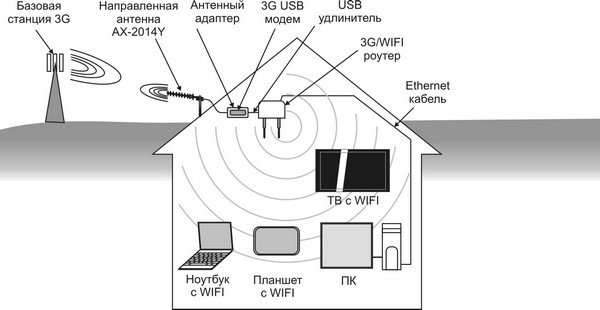

Set Up TeamViewer QuickSupport on Androidįor QuickSupport, the process is very similar. Now that you've got your desktop set up for outgoing and incoming remote control requests, you can set up your Android phone to send those same requests. We've also discussed installing TeamViewer on Linux, as the different distributions make installation slightly different. If you require the ability to remotely access a device without that device having to approve your request, we've already detailed setting up unattended access in TeamViewer, along with an in-depth installation guide for Windows.

Following the 7 or 8 requests, the set-up will finish installing the app-and you're ready to go!.As the TeamViewer app installs, you'll encounter several permission requests to click through.You'll be presented with an option to run the default installation, install with unattended access, or run a one-time-use (this does not fully install the application).Click the Download 64-bit Version button (or choose the 32-bit version, depending on your system), and run the set-up package.

(Using port 443 is a common way to get around http proxies).įrom your home computer, you can use "autossh" to setup a persistent tunnel to "third-pc" - see and įrom your work computer, you can then ssh up to "third-pc", then back down the autossh tunnel to your home computer. įor example, here is an entry I have in my ~/.ssh/config: Host A cheap Linux vps hosting is probably the best way to go.įrom your work computer, you can use "connect" in your ssh configuration to tunnel through the proxy to "third-pc" - see. So you need a third computer - preferably running Linux or BSD - call it "third-pc". From the sounds of it, there's no particular "application" that's going to solve your problem, it's more of a networking issue - your home computer is behind NAT and your work computer is behind a proxy (http or socks).


 0 kommentar(er)
0 kommentar(er)
